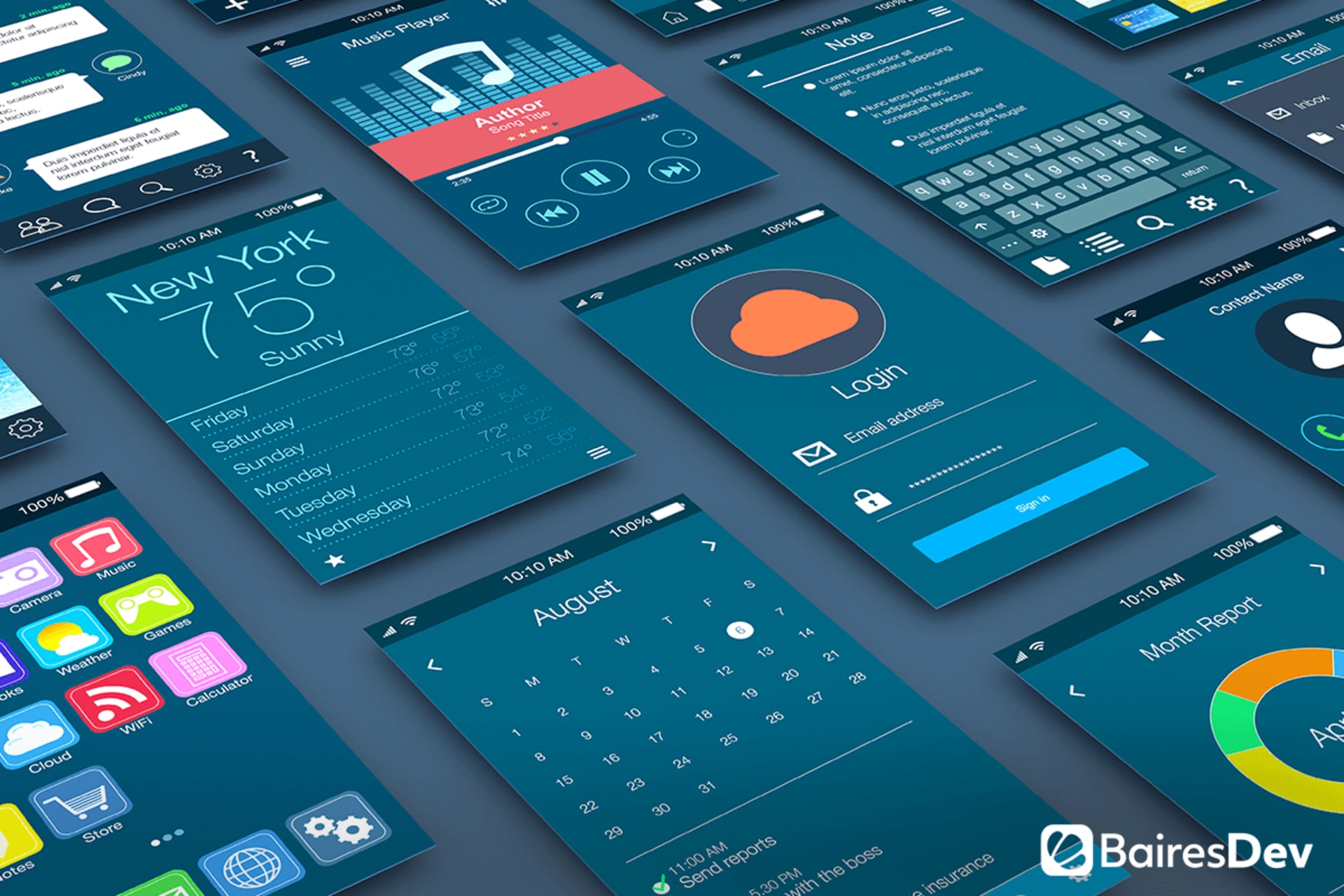As more activities transition to digital, web applications have become a vital part of doing business. These interfaces serve as a critical link between your products or services and the public through e-commerce functions or fulfill internal purposes including analytics reporting, customer management, and inventory control.
Whether you perform web application development using an in-house team or you outsource to a nearshore development company like BairesDev, you can use the following tips to promote a successful outcome.
1. Standardize Your Web Application Development Process
Without a standardized system to guide developers, the end result could be more time-consuming builds and inefficient maintenance. That’s why you should establish a consistent, predictable approach for developers to follow, in line with your overall business goals and priorities. This method offers a range of benefits, including:
- Consistency between previous and current developers and teams
- Standards to guide decision-making when there are numerous alternatives
- Faster development through reuse of previously deployed components
- Greater efficiency from using the same technologies on multiple projects
You can choose a common web development architecture and programming language to use with all your projects or determine the most appropriate set of tools for each type of application. Both approaches promote consistency and enable new development teams to more easily start or developers to more smoothly transition from one team to another.
2. More Isn’t Necessarily Better
With constant mobile app use, consumers have come to expect the same clean simplicity on the web. To satisfy these expectations, web application development should balance essential functions with simplicity and ease of use. Encourage developers to simplify your user interface (UI) — that is, everything the user sees and interacts with.
Your web applications should give users a sense of familiarity through consistent colors, fonts, graphics, and layouts. This approach can help existing users more easily turn to new applications because they’ve already developed a comfort level with existing ones.
The overall appearance should be clean, simple, and straightforward rather than busy or cluttered. However, this doesn’t mean they have to be plain or boring. Developers can still use creative illustrations, images, graphics, and animations to deliver your message with style.
The following video explores some of these ideas:
Remember that, while simple design is important, it can’t make up for poor content. Your applications must also be informative, entertaining, and engaging with a focus on clear benefits. Use language that suits your target audience and prioritizes how your products or services bring value and meet needs.
3. Usability Is Key
One key to a successful web application is to offer a positive user experience (UX), which is how the user feels about the application while engaging with it. This concept can include how simple it is to use (learnability), how quickly users can perform actions (efficiency), how easy it is to remember how to use (memorability), and how well it provides the expected functionality (utility).
Early on in the web application development process, developers should talk to potential users to learn about their perspectives and goals. Developers can continue to use this process throughout the project by creating prototypes, letting users work with them, and soliciting feedback, then using that input to highlight weaker elements, correct, and improve.
Developers can use the following capabilities and features, which promote usability:
- Links: You can include pointers to other pages where more detailed information is available, but make sure it only takes a single step to get there.
- Shareability: Enable users to share screens from the application by copying the URL and sending it through common communication channels.
- Searchability: Make the application easy to scan in search for content, menu items, and settings. Add a search box to every page.
- Fast delivery: Because web applications require data to show content, they must use a loader the first time someone visits the page. But, on subsequent visits, users should immediately see cached information. Developers can use libraries to store data when users move from one page to another.
- Navigation: Every web application should navigate smoothly and quickly. Optimize application elements to promote quick access to all sections.
4. Make Security a Top Priority
When developers are under pressure to deliver web application solutions as quickly as possible, they can end up sacrificing security. In an effort to rush through the process, they might cut corners on proper security practices, which can lead to major problems and expense if the application is breached.
While you want developers to work efficiently and quickly, the end product must be secure. You can take the following steps to maintain application security as a priority:
- Offer ongoing security training to in-house developers.
- Set up a reward system to incentivize top-notch application security features.
- Ensure new developers receive full briefings on the applications they take over.
- Outsource to an experienced development company with a proven security track record.
5. Future-Proofing
Ideally, your web applications will meet both current and future needs, but no one knows exactly what trends are coming next, what future applications will need to do, what new standards and requirements will emerge, or how many users will be active on the application in five years. To future-proof web applications, encourage developers to take the following steps:
Separate into tiers
Choose development architecture that separates applications into layers so you can maintain or enhance each tier separately. With this approach, you can update one tier at a time as needed without changing the whole application.
Build for growth
Look beyond your initial minimum requirements and build your applications to handle a larger volume, in case you end up having more users than expected. A single server may not be able to handle future needs, so design applications to work on a cluster of servers.
Enable integration
Build applications that are capable of integrating and working well with other types of applications. This action gives you the ability to utilize a combination of subscription-based, in-house, and cloud-based applications.
Web Application Development Plays a Critical Role in Business
If you take strategic steps to standardize, simplify, and future-proof your web applications, they’ll be successful for your business today and in the future.







